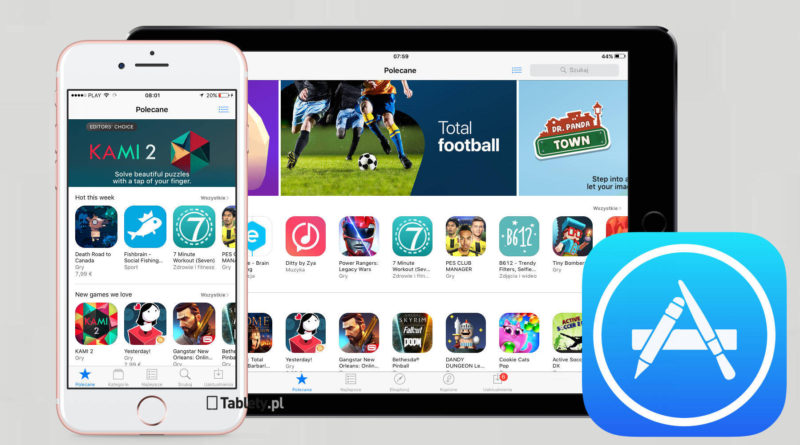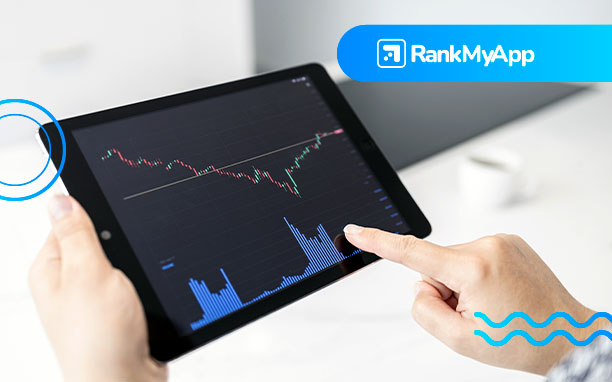Digital performance refers to how an application is performing in relation to performance strategies. To measure your app’s digital performance, some factors, such as lead generation, conversion rate, and installation index may be helpful.
For your mobile marketing strategies to be successful, it’s essential to track the digital performance of your app. Therefore, in this article we will talk more about what is digital performance and its importance.

What is Digital Performance?
Digital performance is related to measuring results, identifying, for example, which dissemination channels are better, which campaigns are bringing better returns, among other factors.
Therefore, digital performance strategies aim to improve the digital presence of the brand so that it captures more customers.
With digital performance, you can gather data and understand the best ways to use it to achieve the app’s goals. In this way, you can understand the most effective ways to invest in media and creation.
The Importance of Digital Performance for Mobile
Mobile performance involves creating and automating performance campaigns for apps. This is done through KPIs chosen according to your app’s strategy.
Performance strategies are crucial to understanding return on investment and results, as well as increasing sales and the number of facilities.
However, it is not enough to invest in mobile marketing without being able to measure your results and understand whether they are being effective or not. For this reason, you need to have a plan to discover the digital performance of your app.

10 Important Metrics to Keep Track Of
Knowing the importance of measuring digital performance, you need to know how to do this. Here are some of the key indicators that help you measure this performance more effectively:
1 – User Acquisition
Track the number of new users who download and install your app from various channels to understand which marketing efforts are most effective.
- Channel Attribution: Identifying which channels (social media, search engines, app store advertising, etc.) are driving users to your app is crucial. Use attribution modeling to assign credit to different marketing touchpoints in a user’s conversion path.
- Cost Per Acquisition (CPA): Measure the cost associated with acquiring each new user through different channels. This helps in understanding the efficiency of your advertising spend and optimizing your budget allocation for maximum ROI.
- User Demographics and Behavior: Analyze the demographics (age, gender, location, device type) of the users acquiring your app to tailor your marketing strategies more effectively. Understanding user behavior, such as app usage patterns and preferences, also helps in customizing user experiences and improving engagement.
- Campaign Performance: Evaluate the performance of specific marketing campaigns in real-time. Monitor metrics like click-through rates (CTR), engagement rates, and conversion rates to tweak and optimize campaigns while they are still running.
- Long-term Value (LTV): Project the lifetime value of users acquired through different channels. This involves estimating the future revenue a user will generate during their lifetime in the app, which aids in determining sustainable growth strategies and where to invest in acquiring new users.
2 – Active Users
Monitor daily active users (DAU) and monthly active users (MAU) to gauge the overall stickiness and engagement of your app. Here are some additional insights to consider:
- Engagement Rate: Beyond just counting active users, analyze how engaged these users are with your app. Look at metrics like session length, frequency of use, and actions taken within the app. This helps in understanding how well your app meets user needs and identifies areas for improvement to increase engagement.
- Retention Rate: Track how many users return to your app after their first visit over a specific period (e.g., day 1, day 7, day 30). Retention rates are crucial for understanding the long-term value of users and the stickiness of your app.
- Churn Rate: Measure how many users stop using your app over a certain period. A high churn rate might indicate problems with app functionality, user experience, or customer satisfaction that need to be addressed.
- Revenue Metrics: If your app generates revenue, track metrics such as ARPU (Average Revenue Per User) and ARPPU (Average Revenue Per Paying User). These metrics help evaluate the financial performance of your app and the effectiveness of your monetization strategies.
- Feedback and Reviews Analysis: Monitor user feedback and reviews regularly. This provides direct insights into what users like and dislike about your app. Analyzing this feedback can guide product development and help in addressing user concerns effectively.
3 – Retention Rate
Measure how many users return to the app after their first visit. This is crucial for assessing user loyalty and the effectiveness of your engagement strategies.
To thoroughly understand and optimize the performance of your app, it’s essential to measure a range of key metrics. Customer Lifetime Value (CLTV) is vital for estimating the total revenue a user will generate over their lifecycle. This helps in prioritizing resources between retention and acquisition strategies and projecting long-term profitability. Conversion Rates are also critical as they reveal the percentage of users completing desired actions like signing up or purchasing, shedding light on the effectiveness of your app’s user journey and design.
User Acquisition Cost (UAC) provides insight into the average expense of acquiring a single user, a comparison with CLTV can reveal the profitability of your marketing efforts. Additionally, monitoring your app’s technical performance, including load times and crash rates, is crucial for maintaining user satisfaction. Poor performance can drive users away, negatively affecting your retention rates.
Lastly, Feature Adoption metrics allow you to see how users are interacting with specific features within your app. Understanding which features are popular and which are underutilized can guide your development team on where to focus their efforts, ensuring that your app evolves in alignment with user needs and preferences. By keeping an eye on these metrics, you can gain valuable insights into your app’s health, enhance user experiences, and fine-tune your overall strategy for better performance and profitability.
4 – Session Length
Session length is a critical metric for assessing user engagement within your app. It measures the average duration users spend on your app during a single session. Longer session lengths can indicate that your app is engaging and successfully keeping users interested. Conversely, shorter sessions may suggest that your app may not be compelling enough or that users are encountering issues that cause them to leave prematurely. By analyzing session length, you can gain insights into the effectiveness of your app’s content and functionality, which can help you make informed decisions on areas for improvement to enhance user experience and retention.
5 – Churn Rate
Churn rate is an essential metric for evaluating user satisfaction and pinpointing potential problems within your app. It represents the percentage of users who discontinue using your app over a specific period. A high churn rate often signals issues like user dissatisfaction, poor app functionality, or ineffective user engagement strategies. Monitoring this metric allows you to understand better the aspects of your app that may be leading users to leave, and it provides crucial insights that can guide you in making necessary adjustments to improve user retention and overall app performance.
6 – Conversion Rate
The conversion rate is a critical metric for understanding how effectively your app drives key business outcomes. It measures the percentage of users who complete a specific desired action, such as making a purchase, subscribing to a service, or signing up for a newsletter. By tracking this rate, you can assess how well your app converts browsing users into active customers or engaged users. Monitoring the conversion rate also helps identify opportunities to optimize the user experience and increase conversions, ultimately enhancing the app’s contribution to business goals.
7 – Load Time
Monitoring the load time of your app across various devices and network conditions is crucial to maintaining a smooth user experience. Fast loading times are essential for retaining user interest and minimizing frustration. Delays can lead to higher bounce rates as users may abandon the app if it takes too long to load. By keeping an eye on load times, you can identify and address performance bottlenecks, ensuring that your app remains responsive and efficient, thus enhancing user satisfaction and retention.
8 – Crash Rate
Monitoring the crash rate is essential for maintaining the stability and reliability of your app. Frequent crashes can severely impact user experience, leading to negative reviews and decreased user retention. By tracking how often your app fails, you can identify and fix the underlying problems, ensuring that your app remains robust and dependable. This vigilance helps in maintaining a positive reputation and trust among your user base.
9 – Revenue Metrics
Tracking revenue metrics is critical for assessing the financial health of your app. This includes monitoring income from in-app purchases, subscriptions, and advertisements. Understanding these revenue streams helps you evaluate the overall profitability and sustainability of your app. It also allows you to pinpoint which features or marketing strategies are most effective at generating income, enabling you to optimize your efforts for better financial outcomes.
10 – Customer Satisfaction (CSAT) Score
Gathering user feedback through surveys and reviews is vital for understanding how satisfied users are with your app. The CSAT score, derived from this feedback, is a direct measure of user contentment and can highlight areas that require enhancement or adjustment. Regularly evaluating customer satisfaction not only helps identify what is working well but also pinpoints where your app may be falling short, providing crucial insights that can drive improvements to both the user experience and the overall success of the app.

RankMyAPP Can Help You
After understanding more about digital performance, you can see how important it is to develop mobile performance planning for your app. So to understand more about performance media strategies and how to effectively apply them, check out our exclusive ebook.
Delving deeper into the realm of digital performance underscores the critical importance of crafting a strategic mobile performance plan for your app. To further your understanding of performance media strategies and how to apply them effectively, consider exploring our exclusive ebook. This resource offers detailed guidance and actionable insights to help you optimize your app’s presence and performance in a competitive marketplace.



